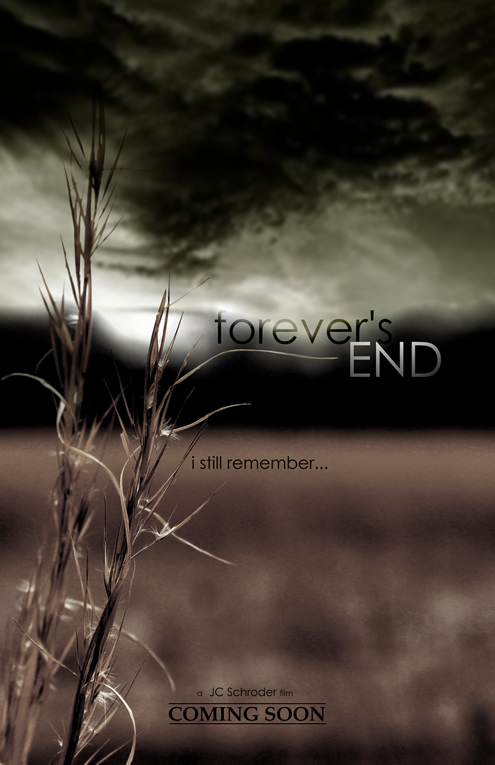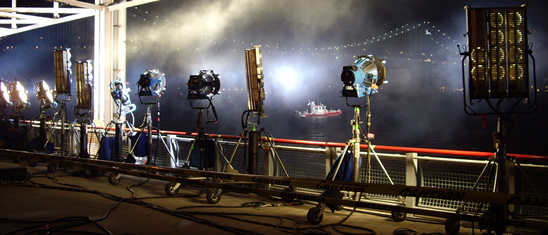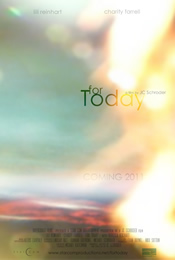“Forever’s End” – Cost vs Quality…
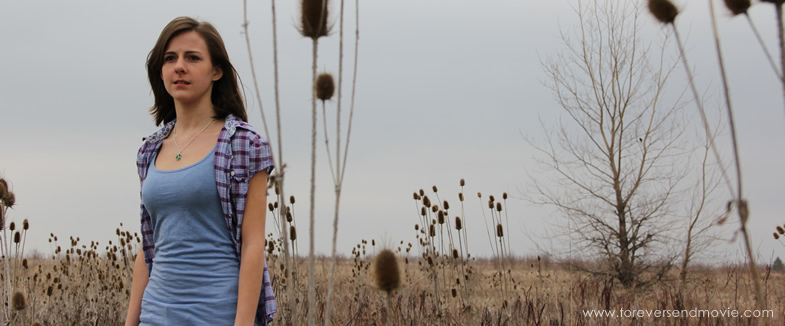
So, I’m asked rather often “how we did” this or that on a given film project. One thing I absolutely love about the process of making films (especially lower-budget productions) is the challenge of figuring out how to accomplish a look and feel that is right not only for the film, but is able to convince the viewer that the film was made for much more money than we actually spent on it. It’s not a matter of “tricking” the viewer, rather a matter of knowing how to produce something of extremely high quality with very little cash. The key here is knowing exactly what you NEED and what you can do without. As with any production, but even more so the lower the budget the project, planning, planning, planning makes ALL the difference. In the era of modern production, you don’t need to spend a million dollars on a 35mm film rig, or even $150k to rent a full-size grip truck for a few months. You need to know exactly what you intend to do and exactly what you need to accomplish it correctly so that the quality of the finished product is retained and your cast and crew remain happy without a single dollar wasted… it’s about bringing efficiency to the max without ever giving up anything to retain the quality. Now, about 90% of figuring this out comes from years of experience, so you can judge exactly what it is that you need. Having the right equipment and people to do the job is essential, you can’t make an amazing movie without the right tools, but you may not realize how many of those tools you can do without 90% of the time because you may not have actually needed them to start with.
For explanation sake, let’s use the “Forever’s End” promo (below) as an example, take a look (promo starts at: 1:08):
While we haven’t shot the entire film yet I think we’ve accomplished some really fantastic results for this little gem of a promo. First thing to understand is that nothing in this promo is there by “chance”. From initial script to finished product, it is all extremely pre-planned and very specific. It started off with a great, but short (2-page) original script/poem based on the actual feature we intend to shoot. The script was then dissected and broken down into production elements, scenes, locations, shots, etc.. I did several days of location scouting (in Ohio.. where the feature film will also be shot) to find locations with the right “look” and feel (especially in the field and city sequences) just as we would do for any of our feature-length projects. I cast the promo (and film) with actors I know to be extremely talented and have worked with before, so there’s no surprises and little (if any) prep-time needed for the shoot, they already understand me, how I work, and what I expect of them. The shoot was then scheduled and shot in less than 14 hours shoot time over 2 days. The entire promo consisted of a crew of five experienced, professional filmmakers (Director/DP -me-, Gaffer, AD, FX Makeup artist, and PA)… five people, that’s it (all but one of which I’ve also worked with before, again, no conflicts on set, no surprises). Half the field shoot was done with only two people and our cast… Why? We didn’t need any more. The whole shoot, including the city sequences was shot using only 3-lights, only the exact amount we knew we needed to do it right (see my prior post on NATURAL LIGHT to see how this can be accomplished).
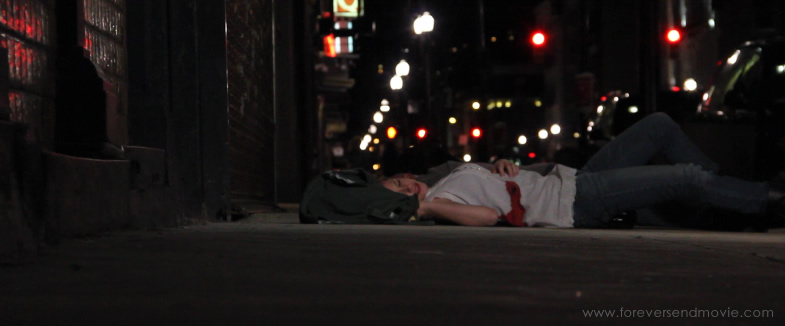
What this means is that our only expenses (other than food/gas costs) were the costs of renting a small generator (to power lights outside at night) and hiring police for our one, 4-hour downtown city shoot. Locations were specifically chosen based on look, available/natural light and cost. Other than the generator, 100% of the equipment used is equipment my company already owns. The post-production work was also taken down to the basics. I edited the promo myself, did all the original sound FX/audio mixing and mastering myself on my own time = zero cost. Douglas (our composer) was kind enough to provide music for the promo and a new friend of mine, Tobias @ RaveFX did a nice FX shot for us. I dropped all the pieces in, threw together the “intro” and posted it online (whole project took a few weeks from shoot to release – would have been done in only about 5 days total pre-through-post if we didn’t have to wait for some of the elements to come in, but in all, not a bad release window, especially given that no one was paid for their work, everyone donated their time). The results are what you just watched. Efficient, effective, quality, true “indie” filmmaking at it’s best… but I’d bet even a lot of filmmakers wouldn’t have been able to guess how we pulled it off for the budget we did… practice makes perfect.
That being said, and coming into the concept of the feature “Forever’s End” from this same perspective, is the main reason we’ll be able to shoot a simply fantastic, complete feature film for a seemingly minuscule budget… believe me when I say that it certainly won’t look like it’s some other “low budget” movie, our goal with everything we do is to continue perfecting the art (and it is truly an art) of balancing cost vs. high production value. Our goal is to make films that are the quality of multi-million dollar studio productions for anything but, and we do this on all budget levels, we have a $500k feature project in development right now that will easily look like a $25mill production. I’ve been lucky enough to build a team that is not only comprised of extremely talented, consummate professionals, but also a team that understands how to get a world-class quality film from a grain of rice. It’s not as easy as it looks, experience really does make all the difference, and we’ve been literally working for almost a decade to perfect the process (and still, everything we shoot looks better then the last)… but when it comes down to it, the results are what you just saw in that promo. And it’s not just a one-off thing, we’ve been able to duplicate those same quality results for years, which is also why we’ve been attracting bigger and bigger names to our productions and interest from both indie producers and major film studios a-like.
Filmmaking is just as much a business as it is an art. From my experience, a good Director needs to understand not only the creative aspects of the process, but also the business, the paperwork, the marketing, the statistics, the cost vs. R.O.I. that distributors/studios expect. It’s great to go out and make a movie, it’s better to make a good movie that people will actually SEE. As a “multi-hyphenate” filmmaker [writer-director-producer] for me it’s essential to keep all these elements in mind when developing any new project, especially when you’re working on a budget. Sometimes you’ll succeed, sometime’s you’ll fail, but you’ll always be confident in knowing that you’ve made a quality product that was worth the time and investment.
